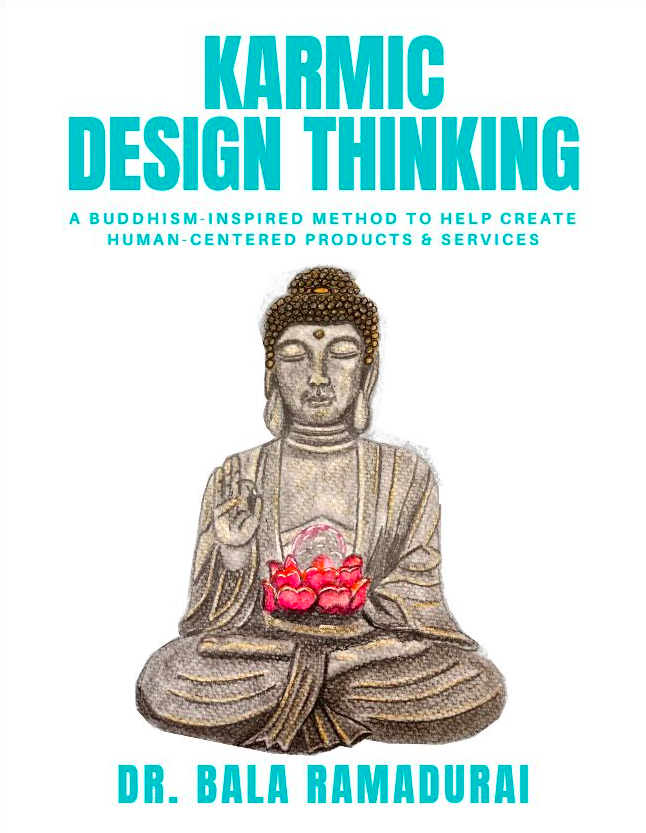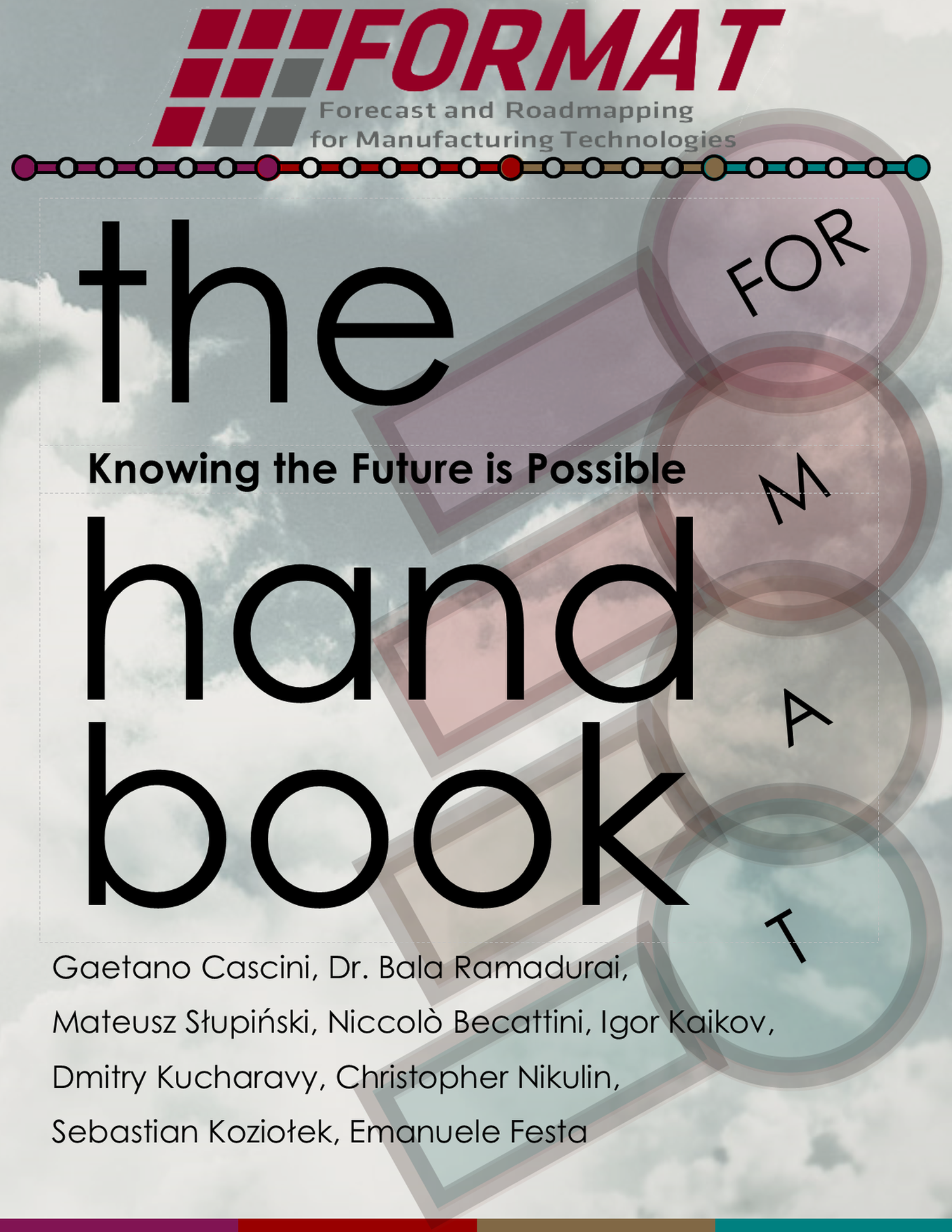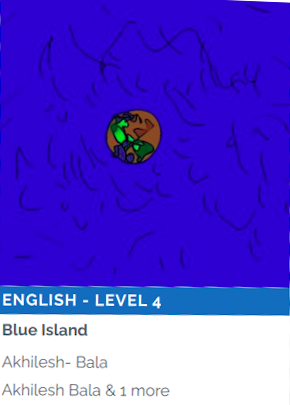2016-12-22
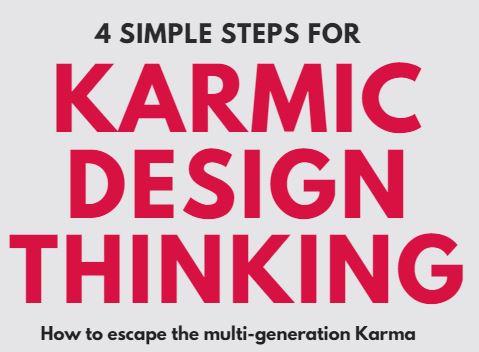
To refresh on stuff - Rethinking Design Thinking and What is Karmic Design Thinking were things that I talked about earlier.
The broad design of this form of design thinking consists of these four stages:
I. People Orientation (or System Orientation)
This is the stage in which we acknowledge the deficiencies in the system and try and find out about what is it that people are going through. Or if it
is a device or a service, our job is to figure out what is it that this system is doing.
Let’s start with the people part.
Some questions to be figured out in this stage are:
Who are you trying to help?
Note - Talk to real people. Figure out who these people are. Their age, gender, geography and just for fun, a fictional name.
For example, you could say, Poornima, 35, is a mom in New Delhi. She has to drive to work and that is the activity we would like to track. We would first see what it is that Poornima suffers from in her ordinary activity like driving.
Here, I would like to add that just like people have a voice and they can tell us what they want. We should be helping them for sure, however, machines or systems also have a certain “voice” that needs to be studied as well. I call it the system based approach. One perspective is that people define how their environment is going to be, but the other perspective is that people adapt according to their environment. So, it is equally important to consider the system perspective as well. In fact, if you don’t get reasonable insights from the people, walk up to the devices that they use and (with their permission) unearth some insights.
So, one could take a product like a coconut scraper, you know the device that is used to scrape out coconut flesh (?) from the shell.
What are you trying to improve?
This is the system based question. The system is defined as the aspects of the environment that you are allowed to change. If something cannot be changed by you, then we can term it as the outside or in a system operator parlance, it is usually called the supersystem.
What is their suffering?
Note - Examine a particular product or service that can you can lay your hands on. You should be able to observe and talk to these real people while they are using the product or service.
What are they sad about?
What makes them furious?
What makes them feel helpless?
What makes them feel jealous about someone else who is better off than them?
Which part of the system needs to be fixed?
We will use some tools of thinking to figure these out.
Another note - when I mention ’tools’, they usually imply tools of thinking, thought experiments. One could use any method to find this out. I will
describe some of the popular methods used for this step, however, you are free to choose which method you want to use in this stage.
II. Problem Definition
Why are they suffering?
What are the reasons for this state that people or systems are in?
We will use tools of TRIZ to help out here. We need to look at the root cause of suffering. Again, here you can choose a method that suits your taste
and knowledge.
How did the suffering come into being?
What does a world without the suffering look like?
What is the Nirvana or Nibbana[in Pali, an old Indian language] for such a state of continued suffering?
III. Solution Generation
How can the suffering be cured?
We will tap into the vast resources of human ingenuity for solutions, aka TRIZ. We can use our inner potential for this as well. Deep, immersive meditation, blissful sleep are as powerful for idea generation as ideas inspired by falling spiders or apples.
IV. Concept Consolidation
What is the exact path to be taken to end the suffering?
It is not enough if we have great ideas for the betterment of people or systems around us, we need to have it all consolidated into one neat package
that we can deliver on.
What you will gain out of following such a path of design thinking is given in the next section.
Liberation
The entire flow of the design thinking process is summed up in the Figure below.
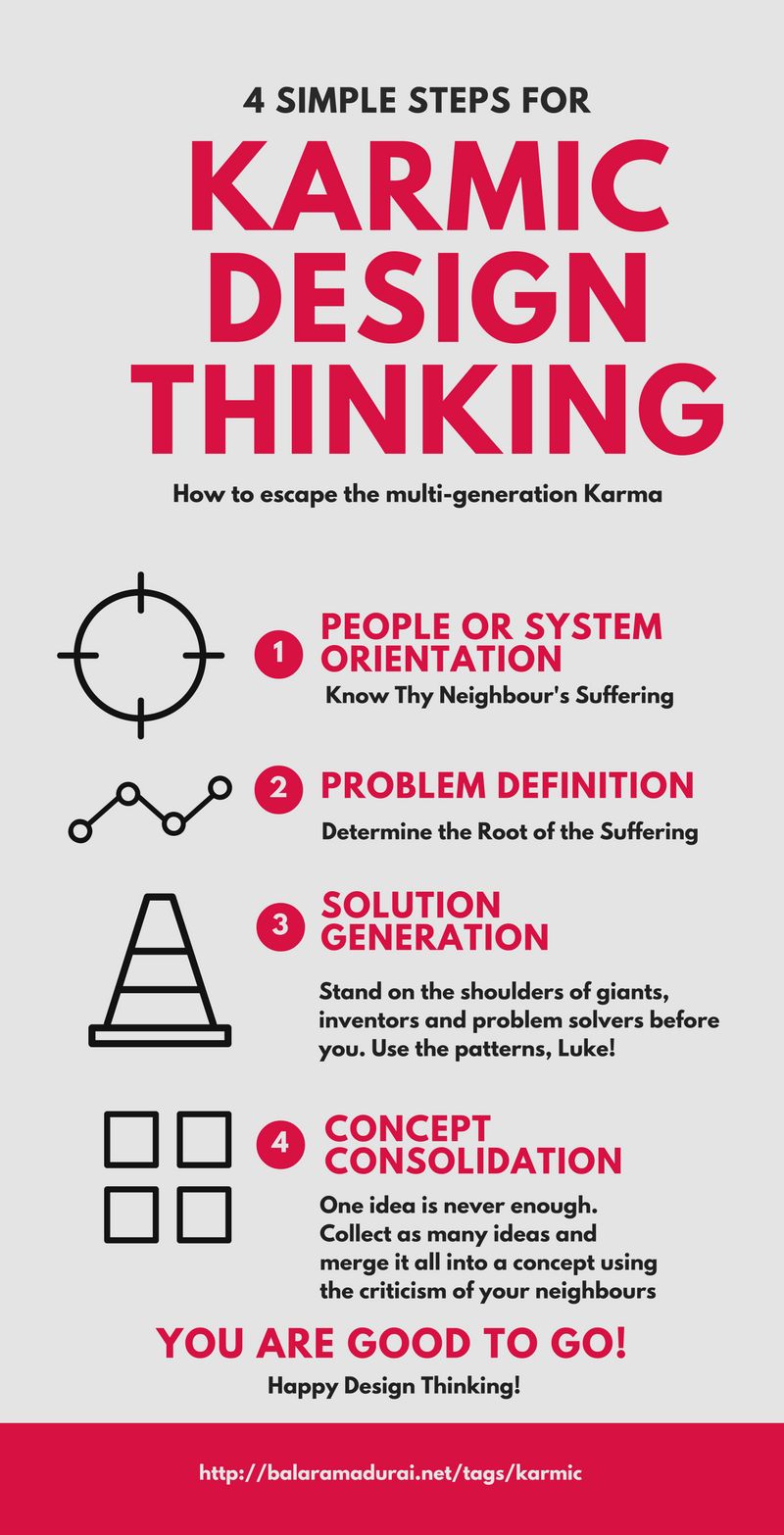 *This is the flowchart of Karmic Design Thinking, retrospectively, heavily inspired by Lord Buddha's Four Noble Truths*
*This is the flowchart of Karmic Design Thinking, retrospectively, heavily inspired by Lord Buddha's Four Noble Truths*
Iterations of the process can lead to rock solid design that liberates your customer from suffering. This is the ultimate goal of all the products/services/businesses to help the users or customers attain Nirvana. Using our inspiration from Lord Buddha, we need our products to attain a state of Nirvana as well. They leave their goodness behind but they themselves may not be there in their product form. For example, the need to tell time has always been around. We as humanity have used the sun and stars for telling us the time. The several generations of products in this regard have tried to deliver this functionality of telling time. Now, this function was on our wrists (wrist watch) and then unceremoniously to the mobile phone. Now, the “wearable” gadgets are back. But, they are this close to attaining Nirvana.
A feature here, a form change here, a bug removed, a color added here. In the linear growth stage of the S-curve (logistic growth phase), the products gain the above said things - form, features, colors. They also lose certain things - bugs, number of components, number of steps/clicks. The cost doesn’t seem to change a whole lot during this phase. By cost, we imply the resources that the product or service consumes in order to be a product. Then towards the end of life, the product or service starts reducing the intake of resources and also loses the benefits or features.
This is best illustrated using the equation from the TRIZ world

Now, the product or service is ready to enter the next generation or if it is mature enough is ready to be absorbed by another product or service in totality.
This end of all the S-curves is what I term Liberation or what Lord Buddha called Nirvana or Nibbana.
If you want to be up to date with my blog posts, you can subscribe to my blog or join in the discussion below.



